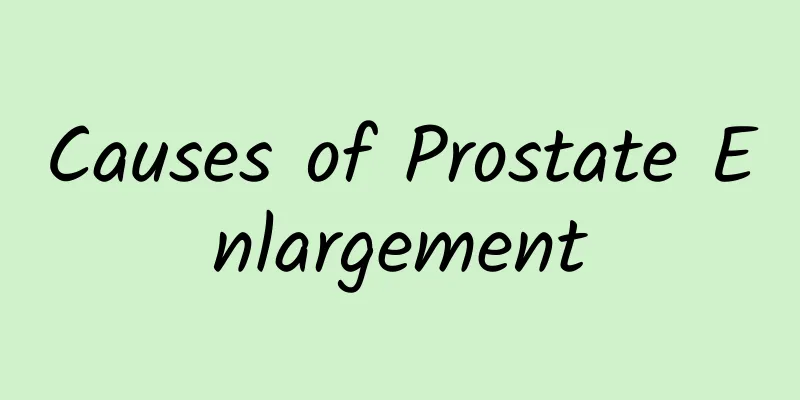What is orthostatic dysfunction

|
Orthostatic dysfunction usually occurs in young children, mainly because the child's neurological function has not yet developed fully. At this time, it is not particularly stable, and poor vasomotor response is often found. When changing body position, anemia may occur, and symptoms such as dizziness, nausea, and vomiting may occur. These are all orthostatic dysfunction. As a parent, if you encounter the above problems, you should seek medical attention in time. What is orthostatic dysfunction 1. Clinical manifestations It is more common in primary and secondary school students aged 6-14. The main symptoms are lack of energy, dizziness, nausea, vomiting and chest tightness after getting up in the morning. When standing up from squatting, lying down, or sitting up, the patient may experience black spots in front of the eyes, dizziness, or even fainting. I usually feel anxious and short of breath after a little activity, and I easily get motion sickness when riding in a car. 2. Diagnosis points 1. Main conditions: ① Dizziness and lack of energy in the morning; ② Discomfort after standing upright; ③ Positive upright test. 2. Secondary conditions: ① Easy to get tired; ② Feeling anxious or chest tightness after a little activity; ③ Prone to motion sickness; ④ Feeling dizzy or having discomfort such as anxious or chest tightness when taking a hot bath. On the basis of excluding organic diseases, the diagnosis can be confirmed if one of the above major conditions and two of the above minor conditions are met, or if the above two major conditions are met. 3. Treatment options 1. Psychiatric treatment: First of all, we should know that this disease is a benign disease with a good prognosis. As the child grows up, the autonomic nervous function gradually develops and improves. For most children, the symptoms can be gradually alleviated during puberty until they disappear completely. Therefore, once parents find that their children suffer from orthostatic adjustment disorder, they do not need to be too nervous, but help their children eliminate fear and build confidence in overcoming the disease. 2. Move your limbs appropriately before getting up to increase the excitability of your sympathetic nerves. When getting up, do not move too hard or too quickly, which can significantly reduce or eliminate the symptoms. 3. Wipe your limbs with a cold towel until the skin turns slightly red, or take a cold bath once a day, which will help improve the contractile function of blood vessels. 4. Drug treatment: Use oryzanol to regulate the function of autonomic nervous system, such as 20 mg of oryzanol, 3 times a day. After the symptoms improve, reduce the dosage by half. One course of treatment is 3 months. |
<<: Common causes of peripheral nerve dysfunction
>>: What department should I go to for male dysfunction
Recommend
Comfrey Oil for Eczema
What is the effect of comfrey oil in treating ecz...
Causes of low blood pressure
Blood pressure, blood sugar, and blood lipids are...
The efficacy and function of pine ganoderma
Ganoderma lucidum is a natural edible fungus and ...
Can snake oil cream cure eczema?
Snake oil ointment has a relatively long history ...
The efficacy and function of the traditional Chinese medicine Danshen
Salvia miltiorrhiza is a type of ginseng. It has ...
What should I do if I don’t have a bowel movement for a few days?
In daily life, many people do not defecate for se...
Can gout be treated with plasters?
Gout is extremely painful and unbearable, especia...
Dry nose and throat pain when breathing
Many people always feel dry and painful nose and ...
The steps of Baizhu soaking in white vinegar to remove spots are simple and effective
Women are very concerned about their facial skin....
You must know the benefits of sweet osmanthus fluid infusion!
In daily life, we rarely hear the term "Meli...
What are the benefits of fresh embryo transfer?
When women reach a certain age, they all hope to ...
Chicken gizzard lining has nephrotoxicity
When it comes to chicken gizzard lining, many peo...
This is the right way to treat acute suppurative tonsillitis with traditional Chinese medicine
Acute suppurative tonsillitis is a relatively ser...
How to deal with nose hair correctly
Nose hair is a normal phenomenon and is very impo...
Can Codonopsis be used to soak in water for drinking?
Everyone should know that Codonopsis pilosula is ...









